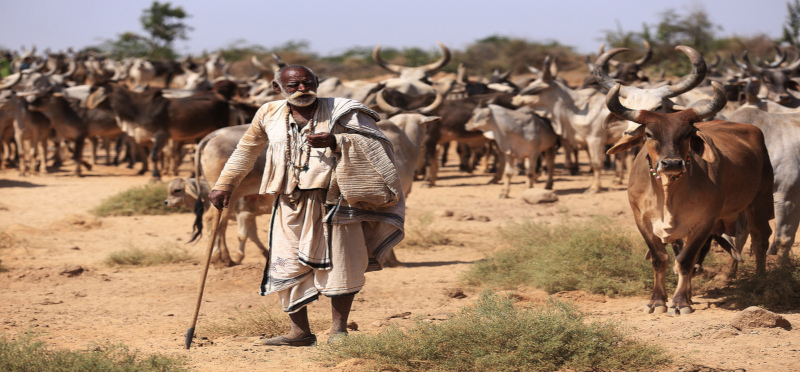
In News
A research study on cow urine found that it is a source of a greenhouse gas Nitrous Oxide which is 300 times more potent than CO2.
How India is Connected?
- The research also found that, when this cow urine is used on degraded pastures more N2O is released into the atmosphere.
- India may be the largest source of N2O emissions as the country has the largest cattle population in the world.
- Also, the practice of mixing cow dung with urine and applying as a fertiliser in fields is a common practice.
- In a satellite study conducted by the Indian Space Research Organisation (ISRO) in 2012 showed that 30% of India’s land area is degraded.
The Research
- The research was conducted by he International Centre for Tropical Agriculture (CIAT), Colombia in Colombia, Argentina, Brazil, Nicaragua, Trinidad and Tobago.
- Till this research, the role of cow urine in N2O emissions was less understood.
- For the research, the researchers collected cow urine in 500 millilitre samples.
- They then spilled them on health and degraded cattle fields which are determined by the cover of vegetation.
- In six of the seven test sites, N2O emissions were significant in degraded pastures sometimes going up to three times as much.
Also, Read: SANH Secured Funding To Study Nitrogen Pollution in South Asia
- This is because, in healthy pastures reactive nitrogens were absorbed by the vegetation and only leftover were release.
- Thus, the research has a bearing on India with its huge cattle population and huge tracts of degraded land.
- So far in the country, only the medical benefits of cow urine was researched upon and researches such as this are important to study Indian livestock emissions.
- Livestock are known emitters of methane, a greenhouse gas and are thus contributing to the global warming. The research is a new insight into the other GHGs emitting from them.
Suggested Solution
- CIAT suggested that land restoration is the best solution for the problem.
What Exactly is Land Degradation?
- Land degradation is the reduction of loss of biological and economical productivity of a land due to various processes including human activities.
- Prolonged land degradation will result in de-certification.
Impacts of Land Degradation
- Land degradation significantly affects food security and farmer’s livelihood.
- It also affects biodiversity, availability of water and impacts the economy.
- 69% of India fall under dry lands.
- For India, the statistic of 30% of its land is degraded do not augur well.
- This degradation is majorly due to over exploitation of natural resources in the country.
- India is a member of United Nations Convention to Combat Desertification (UNCCD).
- As mandated by the convention, India reports to the world body about the land being degraded in the country and measures taken to mitigate it.
Urgency Required
Restoring degraded land is a costly affair but is absolutely necessary. In our country there are initiatives like Compensatory Afforestation Fund collected from industries for diverting forest land. But, the funds were utilised for other activities than the intended.
The above is only an example to show how our misguided policies are taking a toll on our land. The threat of climate change is very real and India with its huge population is going to bear the brunt of it.
In such a scenario, the research is timely. It may help our policy makers to bring measures to curtail N2O emissions and keep India at the pedestal of reversing climate change.
Also, Read: Airpocalypse III – Questioning the Government’s Intent

Leave a Reply
You must be logged in to post a comment.